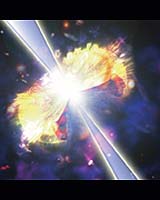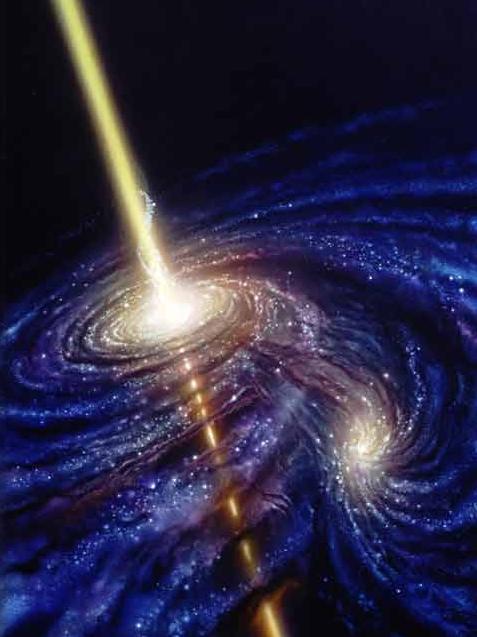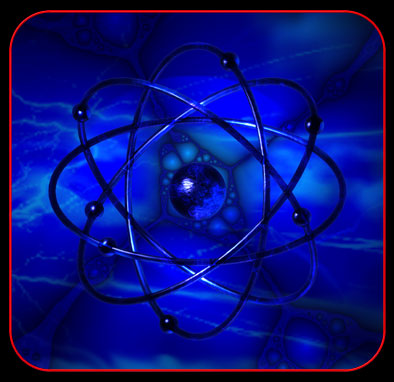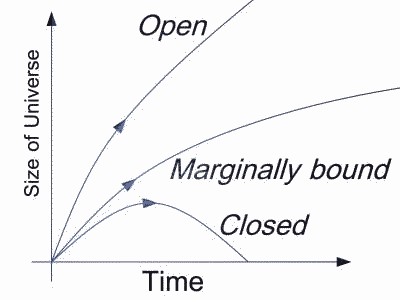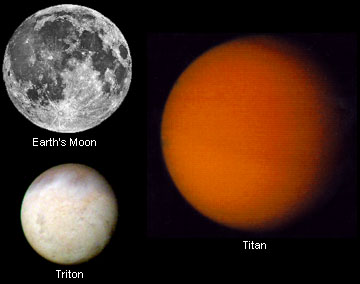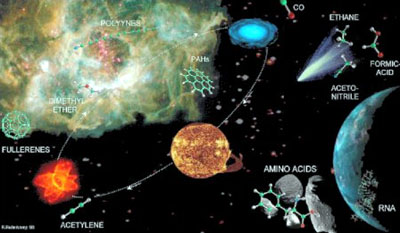
1. Name 10 stars.
There is the Sun, Sirius, Canopus, Rigil Kentaurus, Arcturus, Vega, Capella, Rigel, Procyon, Achernar, and Betelgeuse.
2. Choose one star. Which one did you choose?
I choose the Rigil Kentaurus star.
3. What kind of star is it?
It is a G2V + K1V spectral type of star.
4. Are there any planets that orbit this star? Tell me about them.
There is Rigil 1 and Rigil 2.
For Rigil 2 the Orbit Axis is equal to 1.19 AU
Approximate energy is recieved at the amount 1.107 Earth
This Period is considered 1.2377 years or 452.0575 days or 10849.3812 hours
The AB power in local years is: 64.57
Average day length on this planet: 22.46 hours
The year length of local days: 483.0535
Gravitational pull: 0.9 G
It's considered diameter: 6112 miles
Density: 6.21 (1.125 * Earth)
Sea-level atmospheric pressure: more!
Surface Area: 117 million square miles
Land Area: 39 million square miles
This is only some information of the star.
Rigil 1-Rockball at 0.5 AU, called "Spot"
5. What galaxy is this star a part of? This is a triple star system, the other stars known as Centauri Beta and Proxi Centauri. It is in the Centauri galaxy.
6. How far is the star from Earth? It is 270,000 AU from the Earth to the system.


